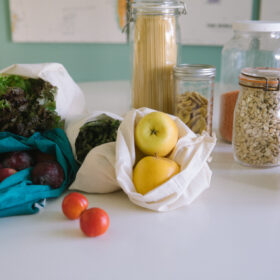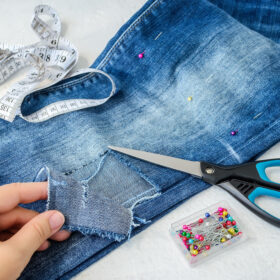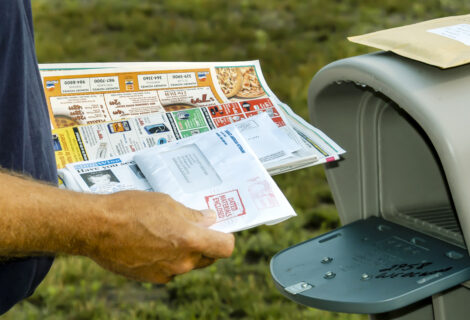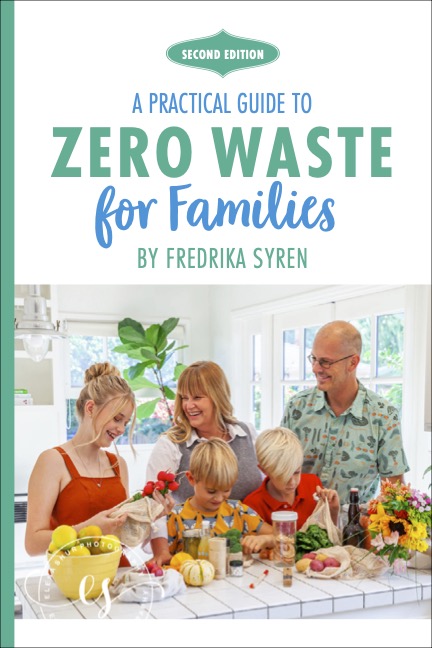Which Saves Money: Green vs. Typical Lifestyle
While living “green” may seem expensive to most, it actually isn’t when compared to the way most people live. Our family of five saves $18,000 a year since we became a zero waste family. The savings does not come from producing no waste, but from living more conscious and choosing more reusable products instead of disposable. To put everything in perspective, I did a little research on certain costs the “green” way versus the traditional way.
Cloth diapers vs. disposable diapers
The cost of cloth diapers is significantly lower than that of the disposal diapers so many families purchase. Over two and half years, the average family pays close to $1,400 for diapers alone. A full-time cloth diapering system can cost as little as $300 for the same time span. What are the savings? It’s safe to say you could save close to $1,000 and help the environment — a truly win-win situation.
Breastfeeding vs. formula
Breastfeeding is the healthier way to go but, unfortunately, some moms have a hard doing so, and that’s okay. However, for those who are debating between the two, understand that breastfeeding can cost less than $200 when factoring in the breast pump, nursing bras and ointment. Compare that to powder formula, which can cost upwards of $1,800 for one year! Depending on the brand, a $20 container multiplied by 52 weeks comes close to $1,000 — and that’s being pretty cheap, to be honest.
Taking the school bus vs. the minivan
The school bus is going to pass by your child’s house regardless and, sadly, so many parents opt to drop their kids off at the school’s curb every morning. Now, I know some charter schools don’t have a bus system, so let’s stick to a public school setting.
Let’s say you have two children and have to drive your kids for 15 years, seven miles round trip. If we take 180 school days and multiply this by seven, we get 1,260 miles; multiply this by 15 years, and that’s close to 19,000 miles. At 20 miles per gallon with your minivan and $2.75 per gallon for gas, that’s $2,600 just for taking your child to school. Compare that cost to the buses, which are part of the taxes you’re paying anyway, and it will be 100% free.
Biking vs. driving a car
According to AAA it cost about $9,282, or $773.50 a month to own and drive a car in the USA today while owning a bike cost about $350 a year. So there are huge savings to get around by bike that is zero emissions compared to a car. Our family do own one car for getting to places we can’t by bike but we try get around by bike as much as possible.
Line drying vs. drying machine
Regardless of where you live, you will have fresh air outside that can easily dry your clothes. Drying your clothes throughout the year will be free and will require only a simple clothesline. Compare that to using a dryer that costs about $0.36 per load (on average) for 45 minutes, and the savings can add up fast. If you do one load a day for 15 years, that’s $1,971 saved.
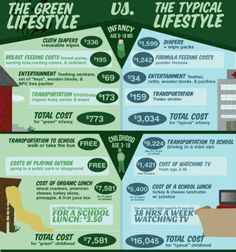 This list could go on, but to save time, here are some simple savings for other habits to develop when going green in the home:
This list could go on, but to save time, here are some simple savings for other habits to develop when going green in the home:
- Switching to LED: Close to $415 in savings over 12 years when switching from old fixtures
- Use a Programable Thermostate : Could save up to 20% on utility bills if used right
- Rags instead of paper towels: Depending on the brand, it could save you $5 to $10 per month.
- Starting a garden: The savings could be huge, depending on what you plant.
- Switching to Energy Star Appliances: It could save you thousands in the next 15 years if everything were replaced.
- Reusable water bottle instead of water bottles: Small savings at about $10 per month, but think of the plastic bottles not heading to a landfill.
- Save money on your electricity bill with small eco friendly changes
I have many more money saving tips and I share how our family saves $18,000 a year on our sustainable lifestyle in my book A practical guide to zero waste for families.



